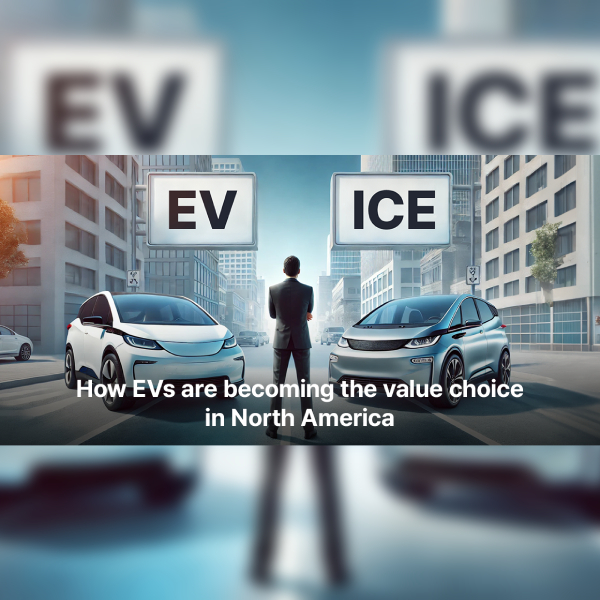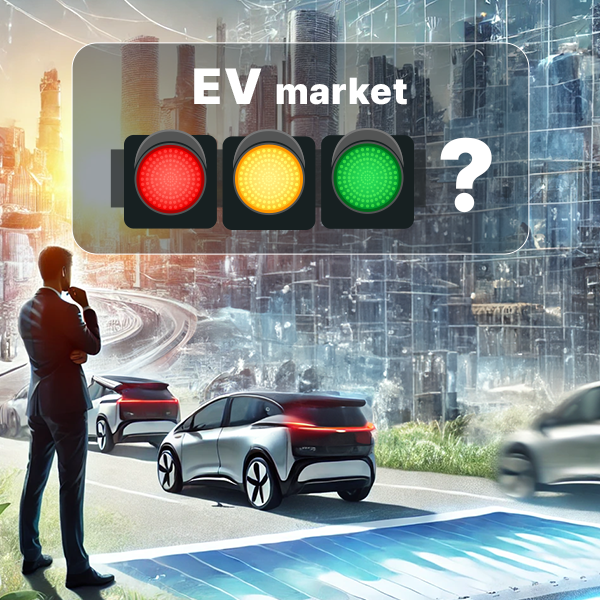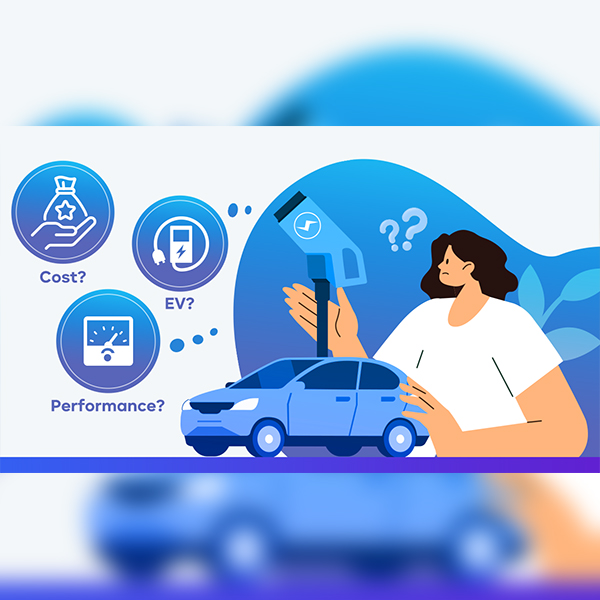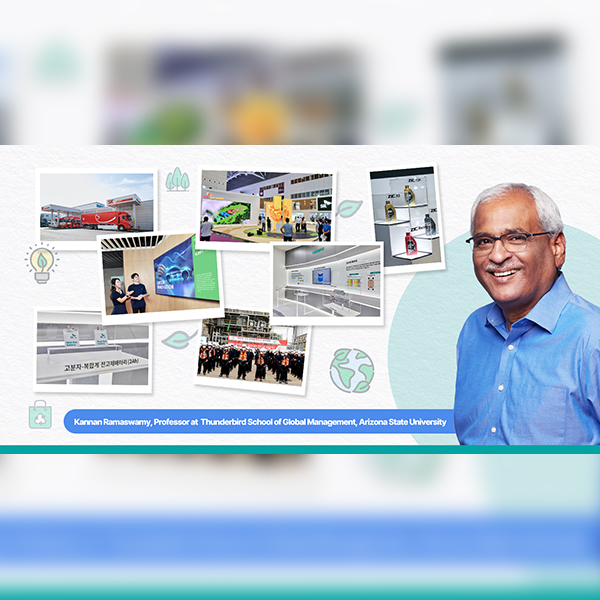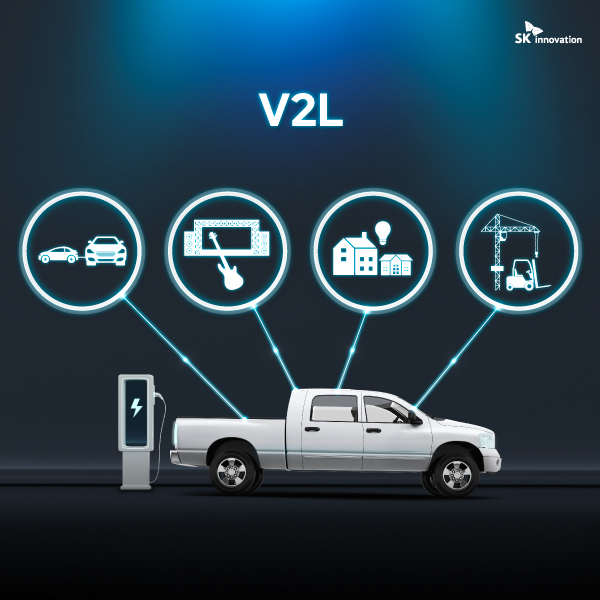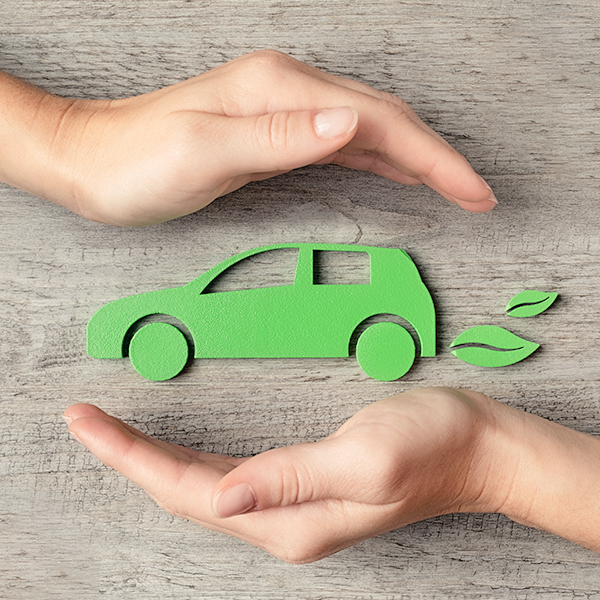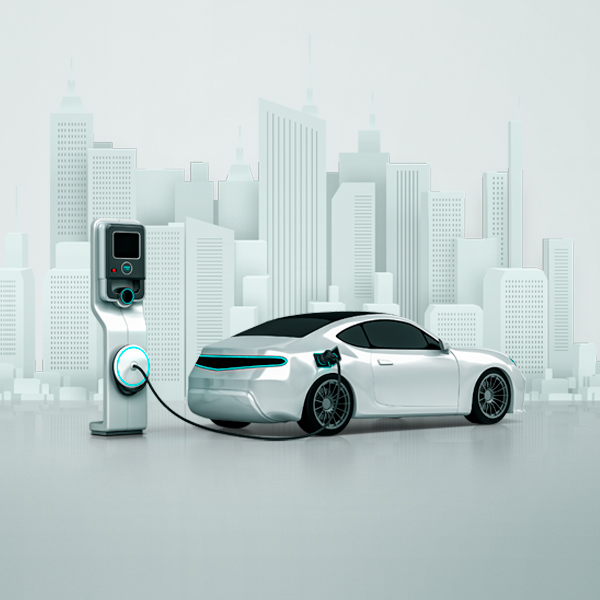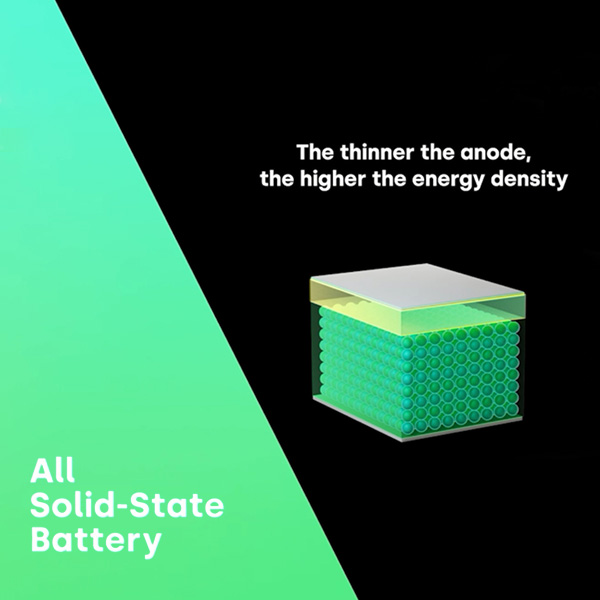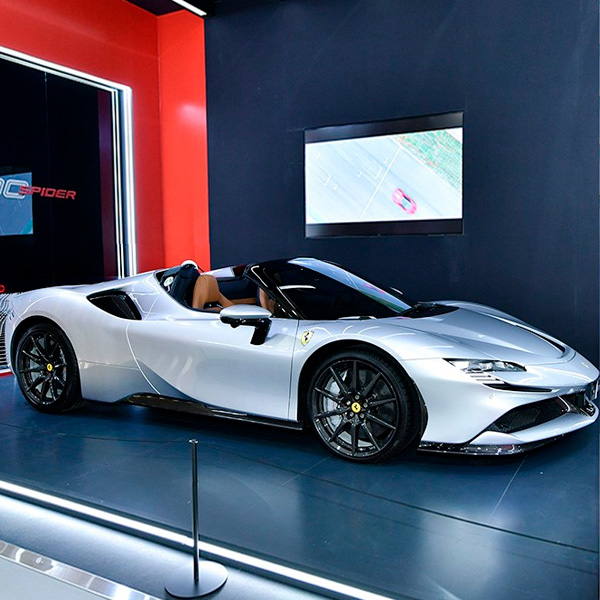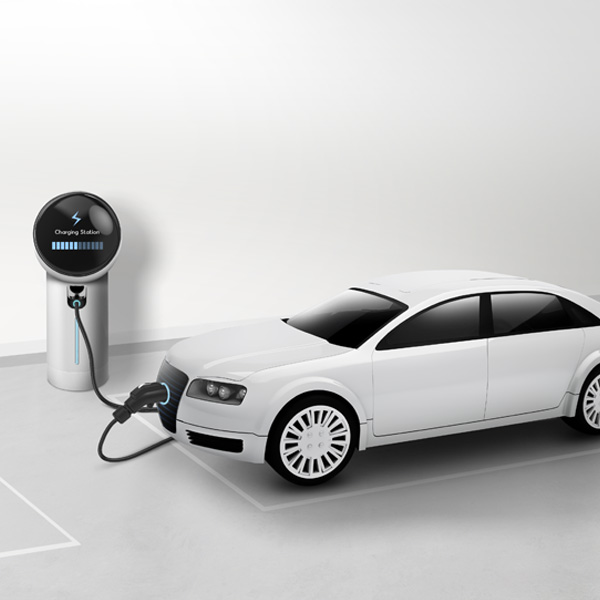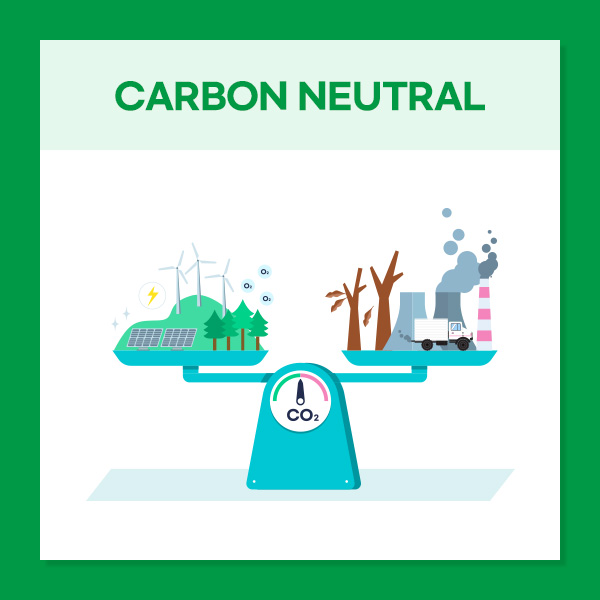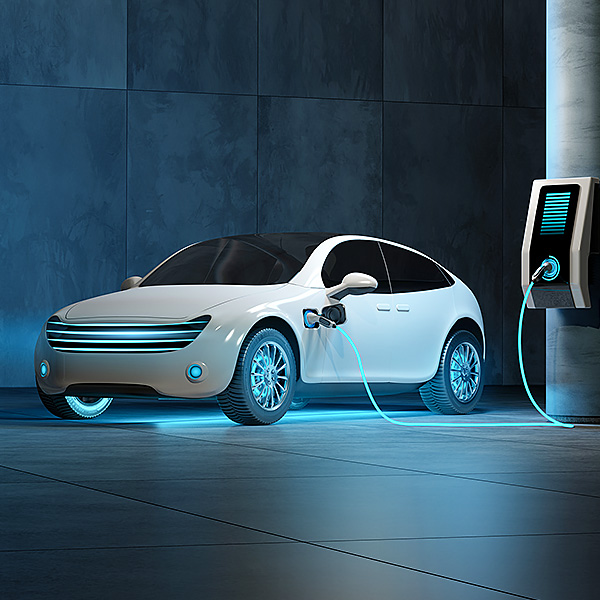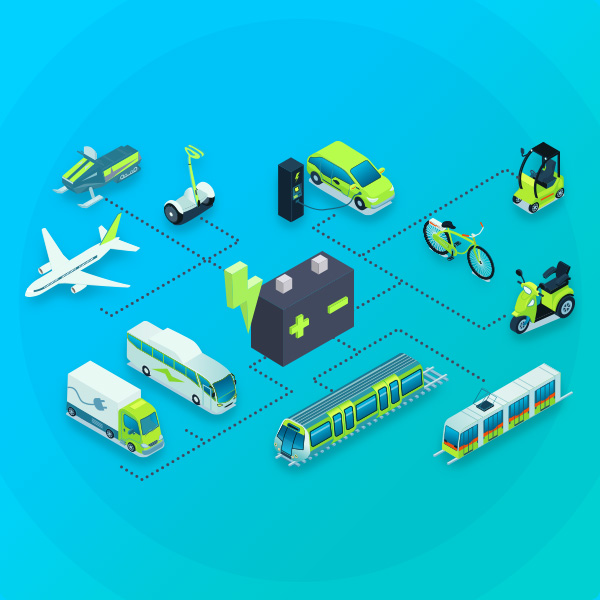
 Expert Voices
Expert Voices
In many countries, electric vehicles (EVs) continue to have a very significant problem: price.
In the United States and Canada, EVs under USD 30,000 / CAD 40,000 are very few and far between, and for buyers who have traditionally purchased a Toyota Corolla, Honda Civic or Hyundai Elantra, the 50% plus jump into a similar sized EV, just isn’t happening.
Even when adding fuel savings into the payment, most can’t make the numbers work.
With higher levels of inflation and production shortages, the affordability problem has gotten worse, even for buyers of gasoline vehicles. Last year, just 8% of new vehicles available for sale were priced below USD 30,000, compared to 38% pre-pandemic, according to car shopping app CoPilot.
However, in Australia, the opposite is occurring. With limited policy focus on local production, the emergence of low-cost entry-level electric models have seen EV market share more than double between 2022 and 2023.
These lower cost models usually have one thing in common: Lithium iron phosphate (LFP) batteries.
| LFP battery cost down comes from cheap cathode materials and stable chemistry
Compared to NCM (Lithium, Nickel, Cobalt and Manganese) battery, which is found in most EVs today, these sacrifice energy density and performance for low cost and high stability.
The main reason for the cost down is two-fold.
Firstly, they ditch more expensive cathode materials like nickel and cobalt and replace them with iron phosphate, which is very abundant and cheap to produce. As the cost of the cathode is known to make up more than 50% of the battery cell cost, this is a huge deal.
Secondly, the chemistry is much more stable, and therefore requires far less battery management cooling hardware to ensure that the battery is at the optimum temperature.
The lower energy density, higher stability characteristics of LFP also gives them another benefit: a much longer cycle life. This is what Elon Musk has referred to as the “million-mile battery”, which is a mileage 5 times longer than the average vehicle life in the US today.
To exploit the gap in the lower end of the North American market, as well as comply with local manufacturing requirements that trigger access to government incentives, OEMs and battery manufacturers have been investing in new facilities en masse. This has created a “battery belt” of factories across mid Eastern US, which stretches from Tennessee in the south to Michigan in the north, as well as across into Canada.
By localising LFP battery production, OEMs like Ford, Volkswagen and Hyundai, all of whom are rumoured to have low-cost electric models in development, are able to sell well under the USD 30,000 price point.
This means that buyers of lower end new models are not left out.
| Lithium Iron Phosphate technology and supply chains continues to improve
Yet, development for LFP batteries continues in order tackle some of the LFP disadvantages, like cold weather performance and weight, both of which are key concern in the North American market.
The good news is battery technology is advancing quickly. SK On has recently revealed it’s self- developed new LFP battery called Winter Pro LFP, which extends charging capacity by 16% and energy density by 19%, is targeted to start production in 2026.
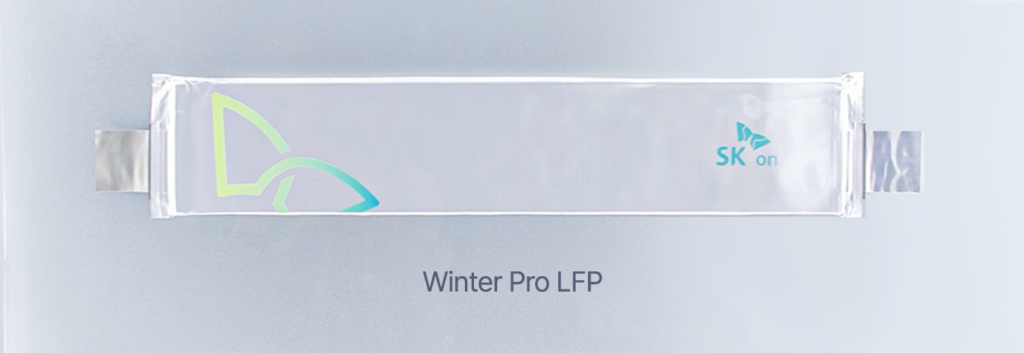
▲ SK On showcased the Winter Pro LFP battery at InterBattery 2024 held in Seoul, South Korea in March 2024
What’s more, much effort is being made to lower the cost of the supply chain. In Canada, where SK On and other companies have recently invested in battery production facilities, efforts are being made to locally source and refine raw material, build cells and packs, and send to nearby OEM factories – all within a few hundred kilometres of each other.
This shrinking of supply chain distances significantly reduces costs and increases supply stability, extremely important for low-cost vehicles.
What makes this particularly relevant is that the market prices for LFP batteries continues to fall, now landing at between USD 70 and 92 per kWh, compared to USD 112 to 130 in 2022. Some are now forecasting this to fall under USD 60 per kWh within the next year, partially driven by falling battery commodity prices.
At USD 50 per kWh, which will likely arrive in the next 2 years, a 60kWh battery, which is a typical size for a vehicle in the Corolla, Civic and Elantra class, would cost just USD 3,000, and well under USD 4,000 with pack and BMS (Battery Management System) included, as the pack makes up roughly 25% of the total cost. This makes it only marginally more expensive for an OEM than an IC (internal combustion) engine, transmission and fuel system in a gasoline car, and well within the margins for customers to quickly pay off the extra cost with fuel savings.
This is backed up by data from market research firm Gartner who are forecasting that by 2027 battery EVs will be on average, cheaper to produce than their gasoline counterparts. Their research points not just to the batteries, but taking advantage of new electric vehicle platform production techniques, like centralized vehicle architecture and gigacasting* technology.
*Gigacasting: refers to casting large sections of a car in aluminum, which would often be made of multiple smaller parts. The name derives from Tesla’s Giga Press, a very large aluminium die-casting machine adopted in its factories in the U.S., China and Germany.
For this reason, LFP batteries are expected to make up 40% or more of total battery production by 2030, which given the potential cost advantages, seems conservative.
What is certain is that EVs will only continue to go down in price, and when combined with ultra low running costs, EVs will be very likely the first option to purchase for lower end new car buyers.
– Why the future of transportation in the US remains battery electric (by James Carter)
– SK On to unveil upgraded fast-charging solutions at InterBattery 2024
– Take the power with you: Why V2L is the must-have feature for new EVs (by James Carter)
– A passport ensures ethical transparency and sustainability to the battery minerals supply chain (by James Carter)









 Youtube
Youtube Facebook
Facebook Instagram
Instagram Linkedin
Linkedin








